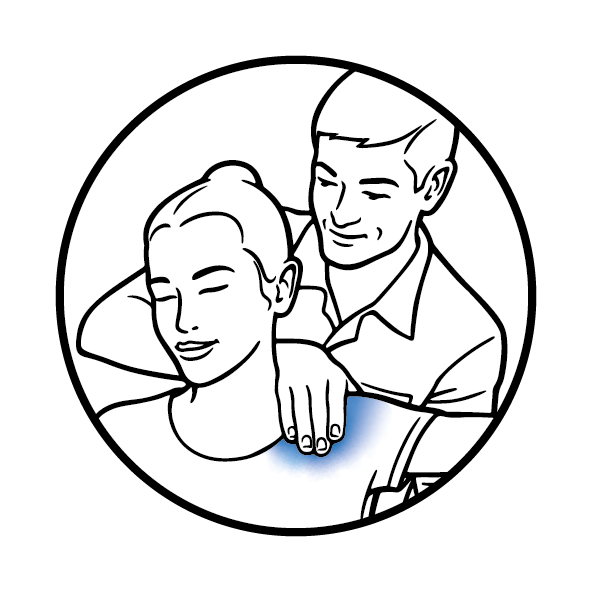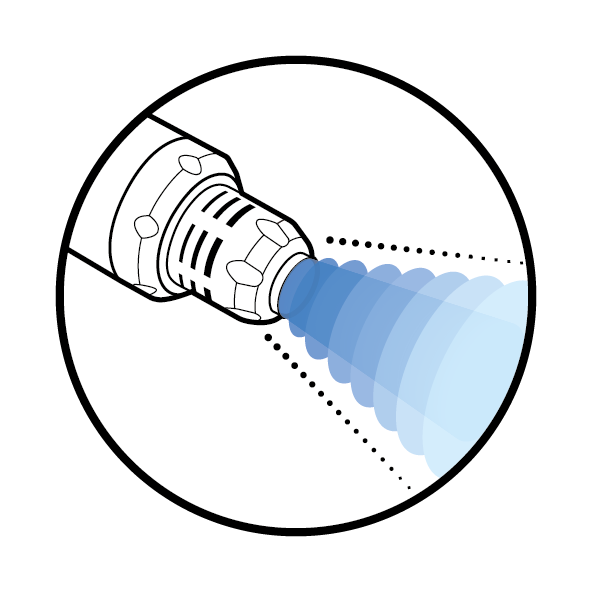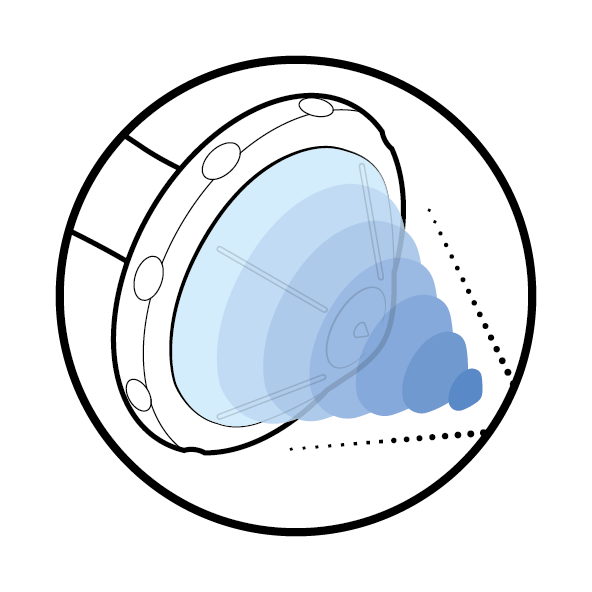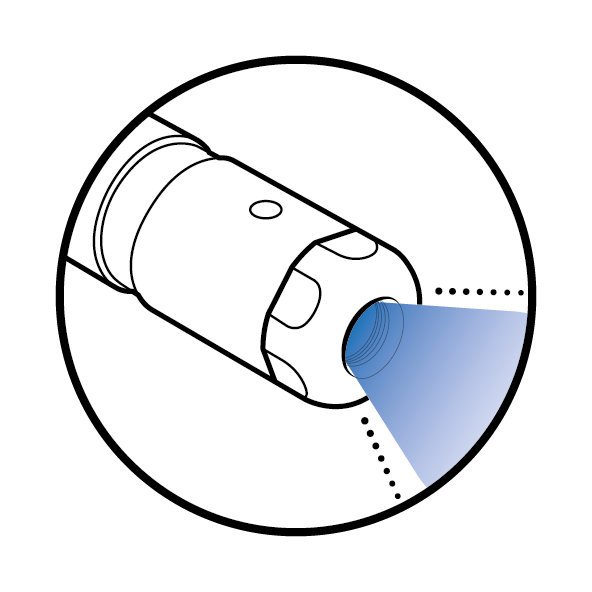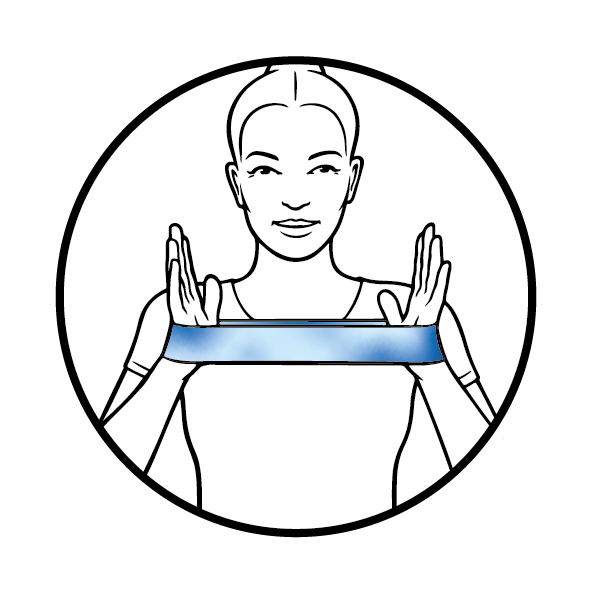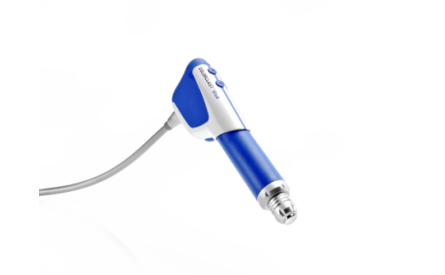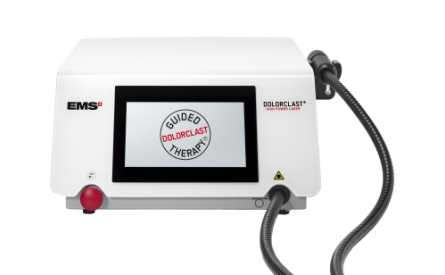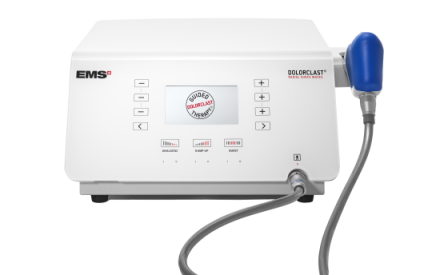You are here
05 - Rehabilitation & follow-up
SEE ALL
CHAPTERS
Rehabilitation & follow-up
Which exercises can you provide to your patients for best pain management from knee osteoarthritis?
Clinical trials [15-16] have demonstrated that physical therapy offers short-term and long-term relief of symptoms, functional improvement, and a reduced need for pain medications. A recent randomized trial involving patients with knee osteoarthritis showed that physical therapy was more effective in reducing pain and improving function at one year than an intra-articular glucocorticoid injection [17].
To obtain the best clinical results possible, it is recommended to support the effects of physical therapy with FSWT. According to research, the combination of FSWT and conservative physical therapy resulted in better pain and function outcomes than conservative physical therapy alone [9]. The proposed physical therapy (PT) should be tailored individually to the patient by assessing the physical capabilities, functional limitations, and the severity of knee osteoarthritis.
A well-rounded approach to physical therapy should rely on manual therapy techniques as well as reinforcing at-home exercises.
Manual therapy is also recommended for knee osteoarthritis
Recommended manual therapy regimens include:
- Manual joint mobilization
- Soft tissue mobilization in a position of knee flexion
- Manual prone quadriceps stretch
- Manual supine hamstring stretch
To speed up the recovery, it is recommended to strengthen the knee with simple exercises such as:
- Double or single-leg mini squats
- Knee extensions

How to make sure that the patient complies with the treatment when alone at home?
Relying on outcome measurement tools provides you and the patient with valuable feedback. Visual demonstration of the treatment progress (VAS scores, for example) is a valuable incentive, ensuring that the patient will continue to comply with the prescribed regimen. Try to resolve any possible doubt concerning the treatment and provide sufficient information regarding possible outcomes.
How to check for improvement?
It is recommended to measure the treatment outcome with the following:
- Western Ontario & McMaster Universities Arthritis Index (WOMAC) - a self-report questionnaire that allows patients to rate their pain, stiffness, and functional limitation resulting from KOA.
- The Knee Injury and Osteoarthritis Outcome Score (KOOS) - is a knee-specific questionnaire used to assess both short-term and long-term consequences of a knee injury [18].
- Visual Analogue Scale (VAS) [19]
Which results to expect from the treatment?
Treatment will gradually alleviate pain and improve function, leading to an overall increase in the quality of life. However, to obtain satisfactory and sustainable results, it is paramount to dutifully follow the treatment regimen, as any deviations from the treatment plan will significantly slow the convalescence process. Every case is unique. For this reason, patients should be informed that treatment outcomes depend not only on the severity of knee osteoarthritis but also on individual factors such as genetics, physical condition, and comorbidities. Considering that knee osteoarthritis is a complex condition affecting all structures within a joint, it is recommended to combine the effects of various methods. Consequently, Guided DolorClast® Therapy should be supported by weight loss and regular physical exercises if needed.

